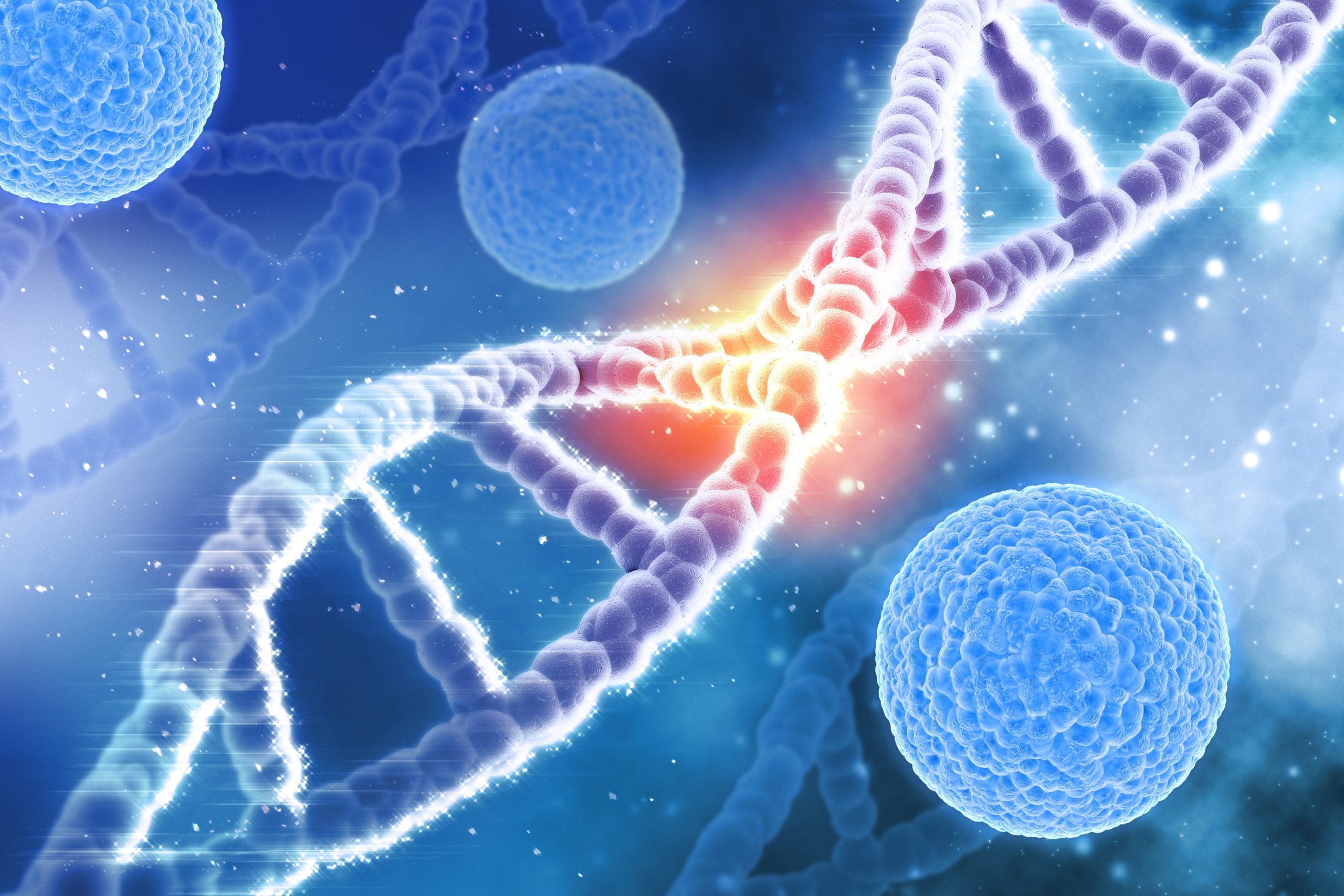

There are many unanswered mysteries about the molecular mechanisms used by the human immune system to fight cancer and infection, especially about the specific steps followed by the innate immune response, the first flurry of activity when invasive illness arises. Scientists have now conducted a deep dive into the function of natural killer cells, which are critical components of the innate immune system and the initial responder when cancer cells or infections damage healthy cells. Not only is the innate immune system the body’s initial line of defense, but it is also present at birth. It is also known as the nonspecific immune system since it always responds with the same proportional force regardless of the aberration.
An international team of scientists led by Karolinska Institute researchers in Sweden discovered that the spatial distribution of an enzyme within natural killer cells is important to its functions. Indeed, the findings of this international team of scientists from Sweden, Switzerland, and Japan suggest that the spatial positioning of the enzyme, known as SHP-1, is critical for natural killers to distinguish between healthy cells and infected cells.
“Natural killer cells recognize virally infected cells and tumor cells,” writes Dr. Laurent Schmied and colleagues in the journal Science Signaling. “Natural killer cell function depends on balanced signaling from activating receptors, recognizing products from tumors or viruses, and inhibitory receptors, which recognize major histocompatibility complex class I—MHC-I—molecules.”
Though natural killer cells are part of the nonspecific immune system, they are highly particular when it comes to detecting and eliminating cells contaminated with viruses or impaired by cancer.
According to Schmied and colleagues, they accomplish this by making contacts termed synapses with diseased cells and releasing enzymes to kill these diseased targets. The process by which natural killer cells learn to identify normal cells—their own—from abnormal or infected ones is known as “education.” The avoidance of destroying normal cells is known as “self-tolerance.”
Scientists acquire a better understanding of the role of a type of white blood cell known as a big granular lymphocyte by better knowing how natural killer cells go about destroying their weakened targets.
The innate immune system varies from the adaptive immune system, also known as the acquired immune system, which is made up of highly specialized lymphocytes known as B cells and T cells. The adaptive immune system develops gradually and is equipped with memory—the ability to recall an intruder that has already invaded the body.
The specificity of B and T cells is well established, and B cells produce disease-fighting antibodies. Natural killers, on the other hand, use brute force strength to clear the body of sickness, but that strength is supported by demonstrably sophisticated molecular systems.
“We found that natural killer cell tolerance and education were determined by the subcellular localization of the tyrosine phosphatase, SHP-1,” noted Schmied, a physician-scientist in the department of hematology and regenerative medicine at the Karolinska Institutet. As lead author of a paper titled, SHP-1 localization to the activating immune synapse promotes NK tolerance in MHC class I deficiency,” Schmied emphasized that “location matters for killer cells.”
Schmied and colleagues used animal models to compare ignorant and educated cells and discovered that education changed the position of SHP-1. The animal model studies also revealed that inhibitory receptors sequestered SHP-1 during education. This discovery shed light on how SHP-1 enhances target cell death.
“In mice lacking MHC-I molecules, uneducated, self-tolerant natural killer cells showed accumulation of SHP-1 in the activating immune synapse, where it co-localized with F-actin and the signaling adaptor protein,” Schmied wrote.
Signaling through inhibitory receptors ensures that natural killer cells tolerate normal cells while also responding to chemicals on cells that should be eliminated during NK cell education. Natural killer cell activation is dependent on the balance of signals between activating receptors, which recognize proteins on stressed cells, and inhibitory receptors, which recognize protein markers on healthy cells and other tolerance determinants.
more recommended stories
 Can Ketogenic Diets Help PCOS? Meta-Analysis Insights
Can Ketogenic Diets Help PCOS? Meta-Analysis InsightsKey Takeaways (Quick Summary) A Clinical.
 Silica Nanomatrix Boosts Dendritic Cell Cancer Therapy
Silica Nanomatrix Boosts Dendritic Cell Cancer TherapyKey Points Summary Researchers developed a.
 Vagus Nerve and Cardiac Aging: New Heart Study
Vagus Nerve and Cardiac Aging: New Heart StudyKey Takeaways for Healthcare Professionals Preserving.
 Cognitive Distraction From Conversation While Driving
Cognitive Distraction From Conversation While DrivingKey Takeaways (Quick Summary) Talking, not.
 Fat-Regulating Enzyme Offers New Target for Obesity
Fat-Regulating Enzyme Offers New Target for ObesityKey Highlights (Quick Summary) Researchers identified.
 Spatial Computing Explains How Brain Organizes Cognition
Spatial Computing Explains How Brain Organizes CognitionKey Takeaways (Quick Summary) MIT researchers.
 Gestational Diabetes Risk Identified by Blood Metabolites
Gestational Diabetes Risk Identified by Blood MetabolitesKey Takeaways (Quick Summary for Clinicians).
 Phage Therapy Study Reveals RNA-Based Infection Control
Phage Therapy Study Reveals RNA-Based Infection ControlKey Takeaways (Quick Summary) Researchers uncovered.
 Pelvic Floor Disorders: Treatable Yet Often Ignored
Pelvic Floor Disorders: Treatable Yet Often IgnoredKey Takeaways (Quick Summary) Pelvic floor.
 Urine-Based microRNA Aging Clock Predicts Biological Age
Urine-Based microRNA Aging Clock Predicts Biological AgeKey Takeaways (Quick Summary) Researchers developed.

Leave a Comment